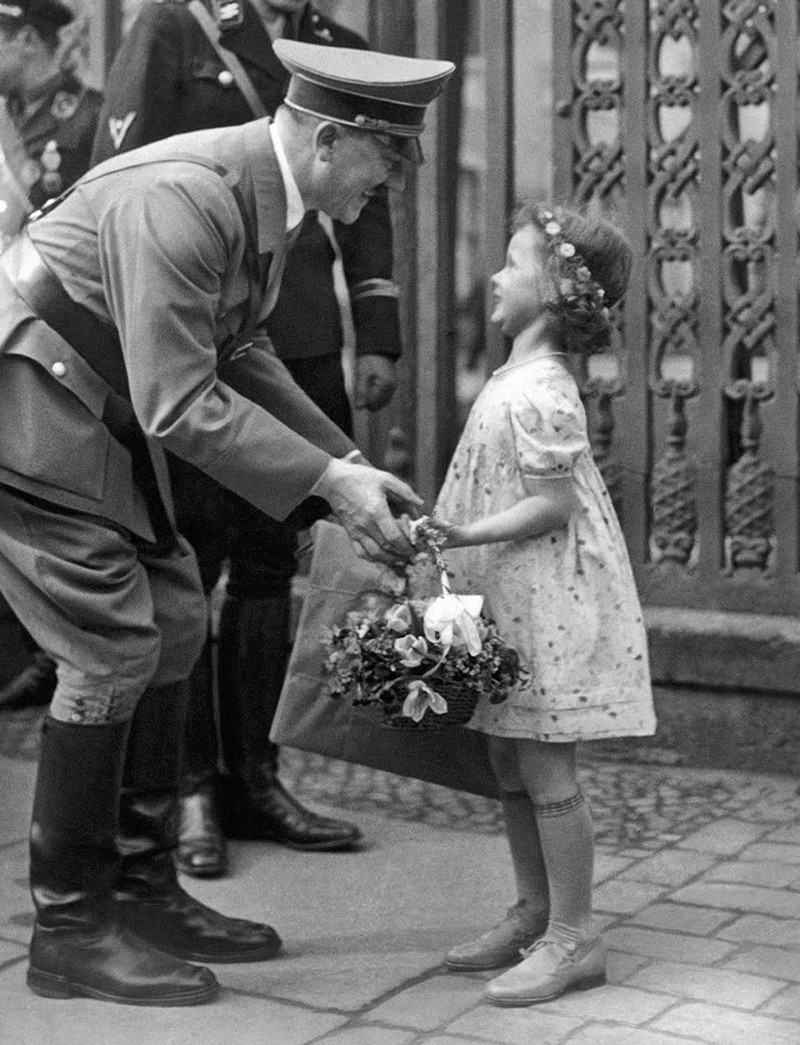 Before he went all luvy
Before he went all luvy  sell out
sell out
A place for visitors and residents to share experiences and have fun at the same time.
 Welcome to Tenerife Forum of Fun! Register and join in!
Welcome to Tenerife Forum of Fun! Register and join in! 


 Posts : 30546
Posts : 30546 Re: Iconic Photographs
Re: Iconic Photographs Before he went all luvy
Before he went all luvy  sell out
sell out

 Posts : 59106
Posts : 59106 Re: Iconic Photographs
Re: Iconic Photographs



 Posts : 22953
Posts : 22953 Re: Iconic Photographs
Re: Iconic Photographs



 Posts : 59106
Posts : 59106 Re: Iconic Photographs
Re: Iconic Photographs




 Posts : 30546
Posts : 30546 Re: Iconic Photographs
Re: Iconic Photographs


 Posts : 59106
Posts : 59106 Re: Iconic Photographs
Re: Iconic Photographs Exploding rosary! Love it!
Exploding rosary! Love it! 


 Posts : 23101
Posts : 23101 Re: Iconic Photographs
Re: Iconic Photographs

 Posts : 22953
Posts : 22953 Re: Iconic Photographs
Re: Iconic Photographs




 Posts : 59106
Posts : 59106 Re: Iconic Photographs
Re: Iconic Photographs





 Posts : 59106
Posts : 59106 Re: Iconic Photographs
Re: Iconic Photographs


 Posts : 59106
Posts : 59106 Re: Iconic Photographs
Re: Iconic Photographs





 Posts : 59106
Posts : 59106 Re: Iconic Photographs
Re: Iconic Photographs




 Posts : 59106
Posts : 59106 Re: Iconic Photographs
Re: Iconic Photographs


 Posts : 22953
Posts : 22953 Re: Iconic Photographs
Re: Iconic Photographs

 Posts : 59106
Posts : 59106 Re: Iconic Photographs
Re: Iconic Photographs


 Posts : 59106
Posts : 59106 Re: Iconic Photographs
Re: Iconic Photographs


 Posts : 30546
Posts : 30546 Re: Iconic Photographs
Re: Iconic Photographs



 Posts : 59106
Posts : 59106 Re: Iconic Photographs
Re: Iconic Photographs


 Posts : 30546
Posts : 30546 Re: Iconic Photographs
Re: Iconic Photographs


 Posts : 59106
Posts : 59106 Re: Iconic Photographs
Re: Iconic Photographs





 Posts : 30546
Posts : 30546 Re: Iconic Photographs
Re: Iconic Photographs


 Posts : 23101
Posts : 23101 Re: Iconic Photographs
Re: Iconic PhotographsCampbell Brodie wrote:Unable to breathe, patients entered iron lungs, which made use of negative pressure ventilation to compress and depress the chest, simulating respiration.
In the early 20th century, polio was one of the most feared diseases in industrialized countries, paralysing hundreds of thousands of children every year. A highly infectious disease, polio attacks the nervous system and can lead to paralysis, disability and even death. The symptoms – pain and weakness, fatigue and muscle loss – can strike any time from 15 to 50 years after the initial disease. In 1952, more than 21,000 Americans contracted a paralyzing form of polio, and 3,000 died from it. Once infected, there was no treatment besides time and tending to the symptoms.
No device is more associated with polio than the tank respirator, better known as the iron lung. Before its invention, children with polio died frequently. Physicians who treated people in the acute, early stage of polio saw that many patients were unable to breathe when the virus’s action paralyzed muscle groups in the chest.


 Posts : 59106
Posts : 59106 Re: Iconic Photographs
Re: Iconic Photographs




 Posts : 59106
Posts : 59106 Re: Iconic Photographs
Re: Iconic Photographs


 Posts : 30546
Posts : 30546 Re: Iconic Photographs
Re: Iconic Photographs Well spotted
Well spotted